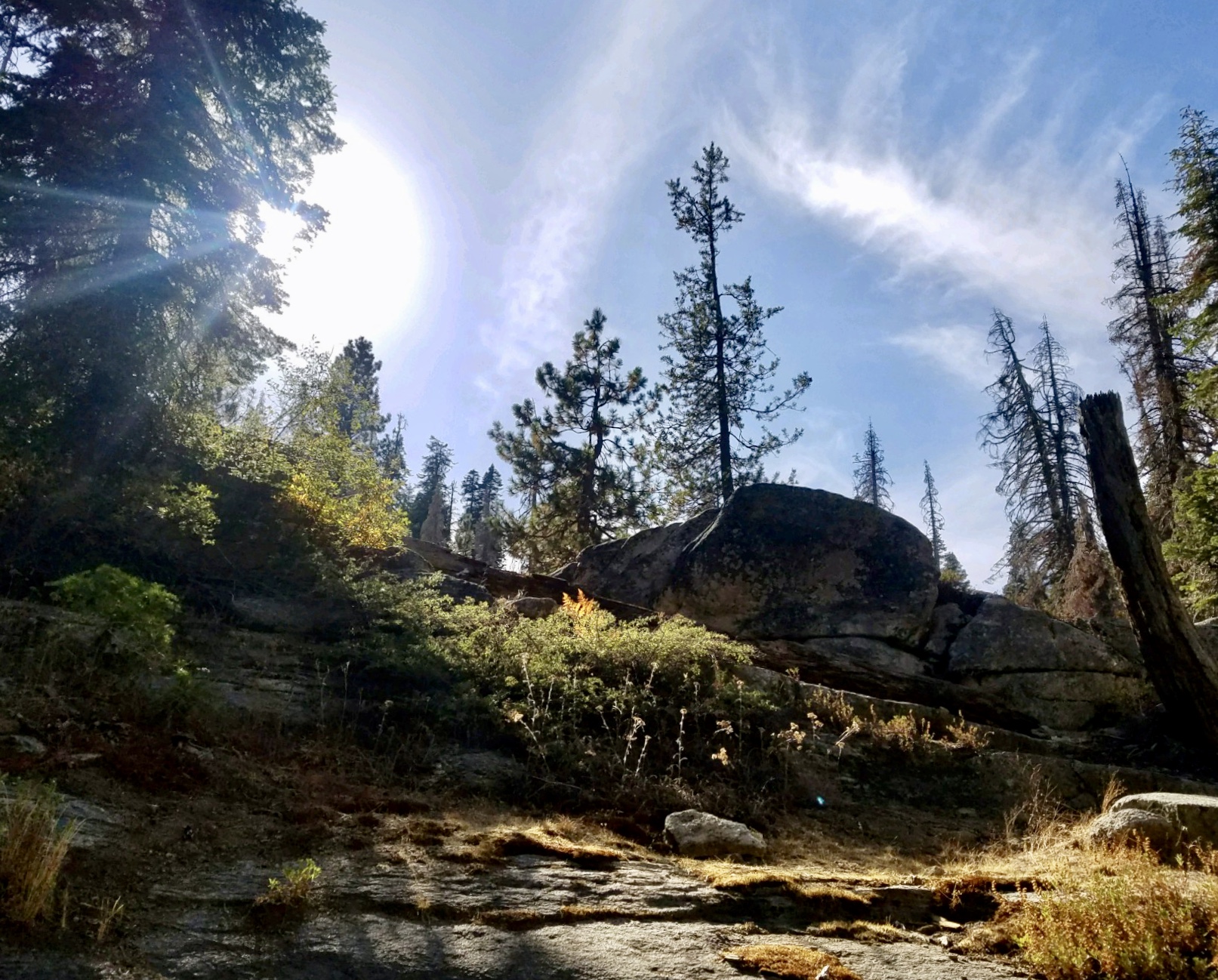OUR FORESTS are an important part of the solution to our climate crisis. America’s existing forests and forest products annually sequester and store almost 15 percent of U.S. carbon emissions from the burning of fossil fuels. Yet, they have the potential to sequester and store much more.
The Climate Stewardship Act, announced in August by Senator Cory Booker, is the most ambitious legislation in our nation’s history to mobilize America’s forests as a climate change solution. This visionary proposal will plant billions of trees across America, including cities, and is an excellent example of how smart federal investment can dramatically increase the power of forests to naturally capture our carbon emissions. Through the Forestry Title of the bill, Congress would provide the tools and resources to:
- Plant 2.5 billion trees by 2030, and 9.5 billion trees overall, on federal forestlands through the federal Reforestation Trust Fund.
- Plant 1.6 billion trees by 2030, and 6.6 billion overall, on lands owned by states, counties, local government, tribes and nonprofits through a new Reforest America grant program. This includes planting 100 million trees specifically in cities by 2030, and 400 million by 2050, prioritized for low-income communities and communities of color.
Best of all, the Climate Stewardship Act brings everyone on board to help, in cities and rural communities alike, and creates paid employment for the people who need these opportunities most.
The climate impact of these policies would be extraordinary. The newly planted forests would capture enough carbon dioxide emissions to offset more than two full years of America’s greenhouse gas emissions. American Forests’ research team estimates these trees could capture a total of 13.266 billion metric tons of carbon dioxide equivalent by 2100. Additional carbon gains of almost 4 billion metric tons will occur after 2100. The power of our forests to help solve our climate crisis is real. At American Forests we are committed to helping policymakers develop policies like these that harness this potential.
